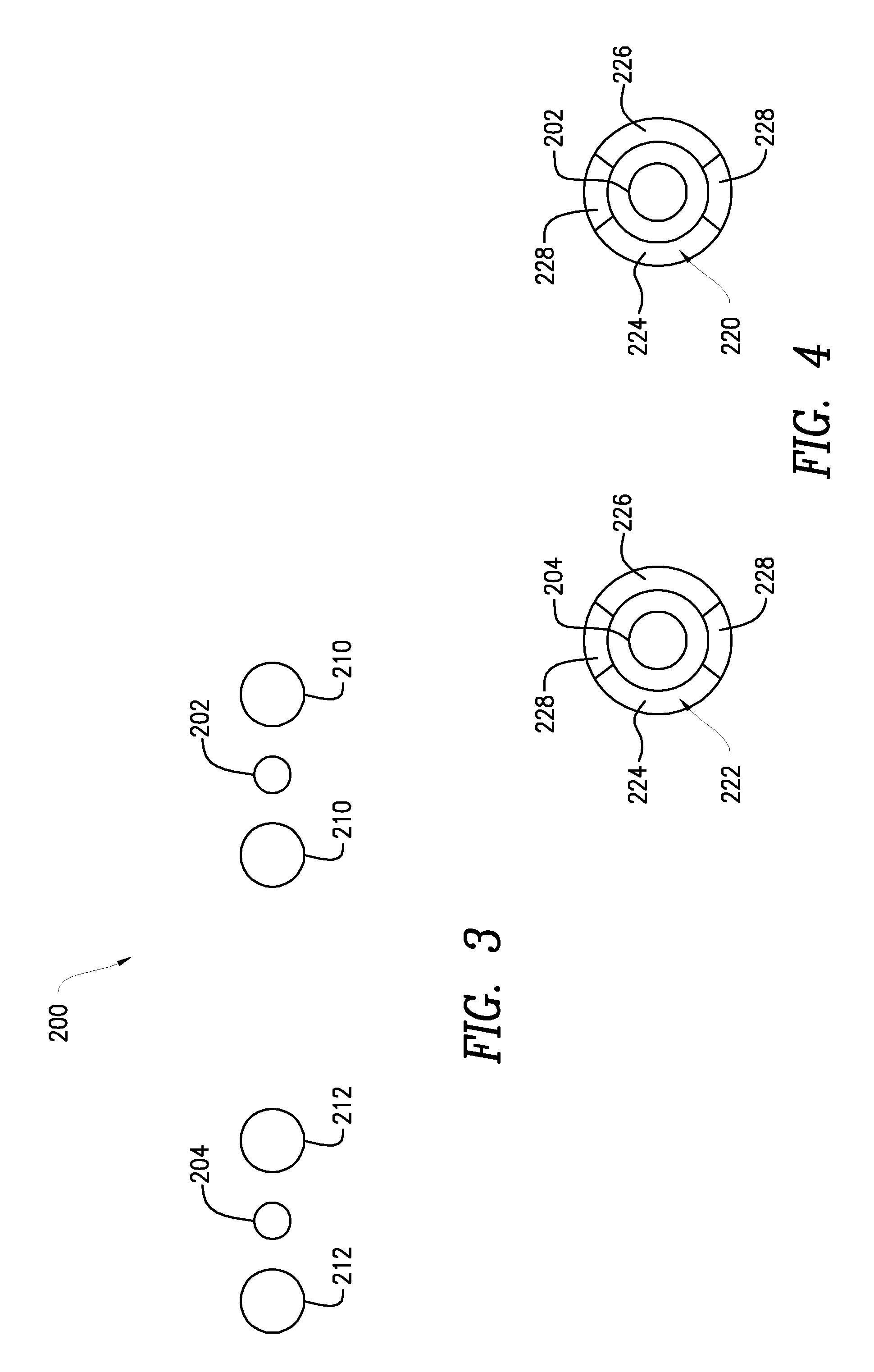Over time, this
inflammation can lead to scarring of the airways and a further reduction in
airflow.
This
inflammation leads to the airways becoming more irritable, which may cause an increase in coughing and increased susceptibility to
asthma episodes.
For some patients, however, these medications, and even the bronchodilators are insufficient to stop the
constriction of their bronchial passages, and more than five thousand people suffocate and die every year as a result of
asthma attacks.
Yet all are mediated by a series of hypersensitivity responses that result in uncontrollable
airway occlusion driven by
smooth muscle constriction, and dramatic hypotension that leads to shock.
Cardiovascular failure, multiple organ
ischemia, and asphyxiation are the most dangerous consequences of
anaphylaxis.
Tragically, many of these patients are fully aware of the severity of their condition, and die while struggling in vain to manage the
attack medically.
Unfortunately, prompt
medical attention for anaphylactic shock and asthma are not always available.
For example,
epinephrine is not always available for immediate injection.
Even in cases where medication and attention is available,
life saving measures are often frustrated because of the nature of the symptoms.
This cardiovascular stress can result in
tachycardia, heart attacks and strokes.
COPD is a progressive
disease that makes it hard for the patient to breathe.
COPD can cause coughing that produces large amounts of
mucus, wheezing, shortness of breath,
chest tightness and other symptoms.
In emphysema, the walls between many of the
air sacs are damaged, causing them to lose their shape and become floppy.
This damage also can destroy the walls of the
air sacs, leading to fewer and larger
air sacs instead of many tiny ones.
This causes the lining to thicken and form thick
mucus, making it hard to breathe.
Many of these patients also experience periodic episodes of acute airway reactivity (i.e., acute exacerbations), wherein the
smooth muscle surrounding the airways goes into spasm, resulting in further constriction and
inflammation of the airways.
Frequent acute exacerbations of COPD cause
lung function to deteriorate quickly, and patients never recover to the condition they were in before the last
exacerbation.
Similar to asthma, current medical management of these acute exacerbations is often insufficient.
Unlike cardiac arrhythmias, which can be treated chronically with pacemaker technology, or in emergent situations with equipment like defibrillators (implantable and external), there is virtually no commercially available
medical equipment that can chronically reduce the baseline sensitivity of the
muscle tissue in the airways to reduce the predisposition to asthma attacks, reduce the symptoms of COPD or to break the cycle of bronchial constriction associated with an acute
asthma attack or
anaphylaxis.
However, because of its long-term indirect effects (and also as an indicator of other problems) it is a serious worry to physicians diagnosing it.
Higher pressures increase heart
workload and progression of unhealthy tissue growth (
atheroma) that develops within the walls of arteries.
The higher the pressure, the more stress that is present and the more
atheroma tend to progress and the heart
muscle tends to thicken, enlarge and become weaker over time.
The
system usually requires a few seconds to fully adjust and if the compensations are too slow or inadequate, the individual will suffer reduced
blood flow to the brain, dizziness and potential blackout.
Hypotension often accompanies and complicates many other systemic
health problems, such as anaphylaxis and
sepsis, leading to anaphylactic shock and
septic shock, making it more difficult to address the underlying health problem.
Septic shock is a serious medical condition causing such effects as multiple organ failure and death in response to infection and
sepsis.
Mechanical obstructions occur because the bowel is physically blocked and its contents can not pass the point of the obstruction.
Unfortunately, many lengthy
post operative stays in the hospital are associated with
Ileus, where the patient simply cannot be discharged until his bowels move.
Patients with
Ileus are immobilized, have discomfort and pain, and are at
increased risk for pulmonary complications.
The relatively high medical costs associated with such
post operative hospital stays are clearly undesirable, not to mention patient discomfort, and other complications.
 Login to View More
Login to View More  Login to View More
Login to View More 


